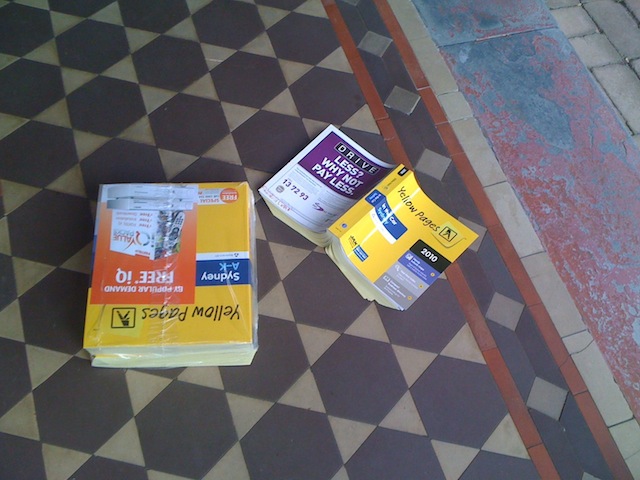Fans of the roadrunner cartoon will remember how in almost every episode one of the characters, usually the coyote, would run over a cliff.
A few seconds after running off the cliff they’d keep going and then, just as they realise their mistake, they’d plummet into the deep canyon.
It’s similar for businesses – you can be a long way over the cliff’s edge before you realise you’re about to take a big fall.
Yesterday’s post about Sensis and the squandering of ten billion dollars is a good example of the Roadrunner Effect in business.

While it was obvious from the early 2000s onwards that the Yellow Pages model of expensive small business advertising listing was doomed, Sensis boss Bruce Akhurst did an admirable job of keeping revenue flowing.
Even more impressive is that the division managed to book close to a 50% gross profit most years during that period even when the revenues started to decline.
A large part of Sensis’ success was in screwing more money out of its client base with enhanced ads, new categories and a better digital offering that tied into Google’s Adwords program.
Unfortunately for Akhurst and his management team, economic gravity eventually claims even the luckiest or best run enterprise and Sensis was no different as small business started realising Yellow Pages advertising had become largely ineffective.
In many respects Sensis is a good example of a once profitable business that fails in the face of technological change – the new technologies help it become more profitable at first, but eventually a changed marketplace kill the business.
The question for those enterprises and industries is how long can the owners, managers and employees keep running before they realise the ground has dropped out from beneath them?
It could even be entire countries that suffer from the Roadrunner Effect, it certainly appears that the game was up for the European PIIGS long before it became obvious to the governments and citizens. This may prove true for Australia as well.
Either way, it’s worthwhile for business owners and managers to consider whether there’s a cliff face ahead even when revenues are accelerating.


